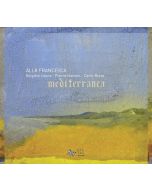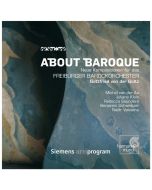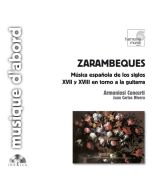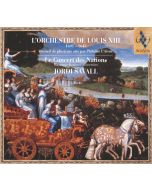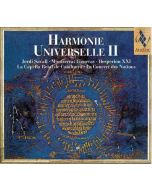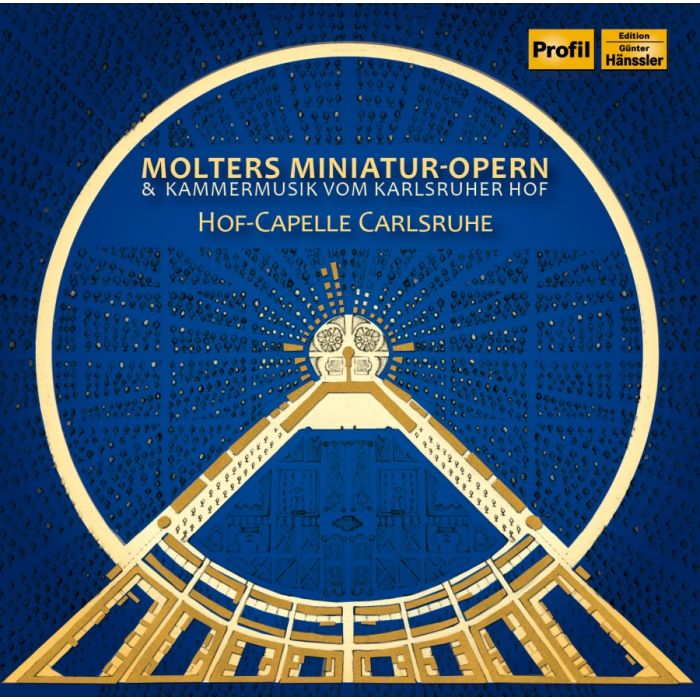
(Produkt nie został jeszcze oceniony)
kompozytor
różni kompozytorzy
tytuł
Court Music of Carlsruhe
wykonawcy
Hof-Capelle Carlsruhe
nr katalogowy
PH 17050
opis
The court music establishment in Karlsruhe was in some respects rather special: for reasons of cost, the court did not engage any expensive foreign soloists, such as castrati for the solo parts, and instead deployed up to 40 orchestral musicians in addition to a 70-strong girls’ choir, which is likely to have overlapped with the legendary Blumenmädchen, a group of young ladies-in-waiting who were notoriously engaged by Carl Wilhelm for his entertainment. There were surely some talented vocalists among these members, but the ability to master and embellish such challenging pieces as the arias of miniature operas requires extensive vocal training. The final cantata by Molter draws on delightful coloraturas to describe the ascent of a lark, whose lovesick and despairing flight through the skies follows a concise formal pattern: two stanzas of an aria, this time without a B section, a recitative, a brief second aria and then the two stanzas of the first aria in da capo form. What is interesting is that the cantatas presented here are all cut of similar cloth, yet, on closer examination, exhibit great compositional variety, particularly in their formal structure.
nośnik
CD x 1
wydawca
Profil Medien
data wydania
2.02.2018
EAN / kod kreskowy
0881488170504
52,00 zł
Produkt dostepny w niewielkiej ilości.
Wysyłka w ciągu 3 dni roboczych
Darmowa wysyłka dla zamówień powyżej 300 zł!
Darmowy kurier dla zamówień powyżej 500 zł!
sprawdź koszty wysyłki
